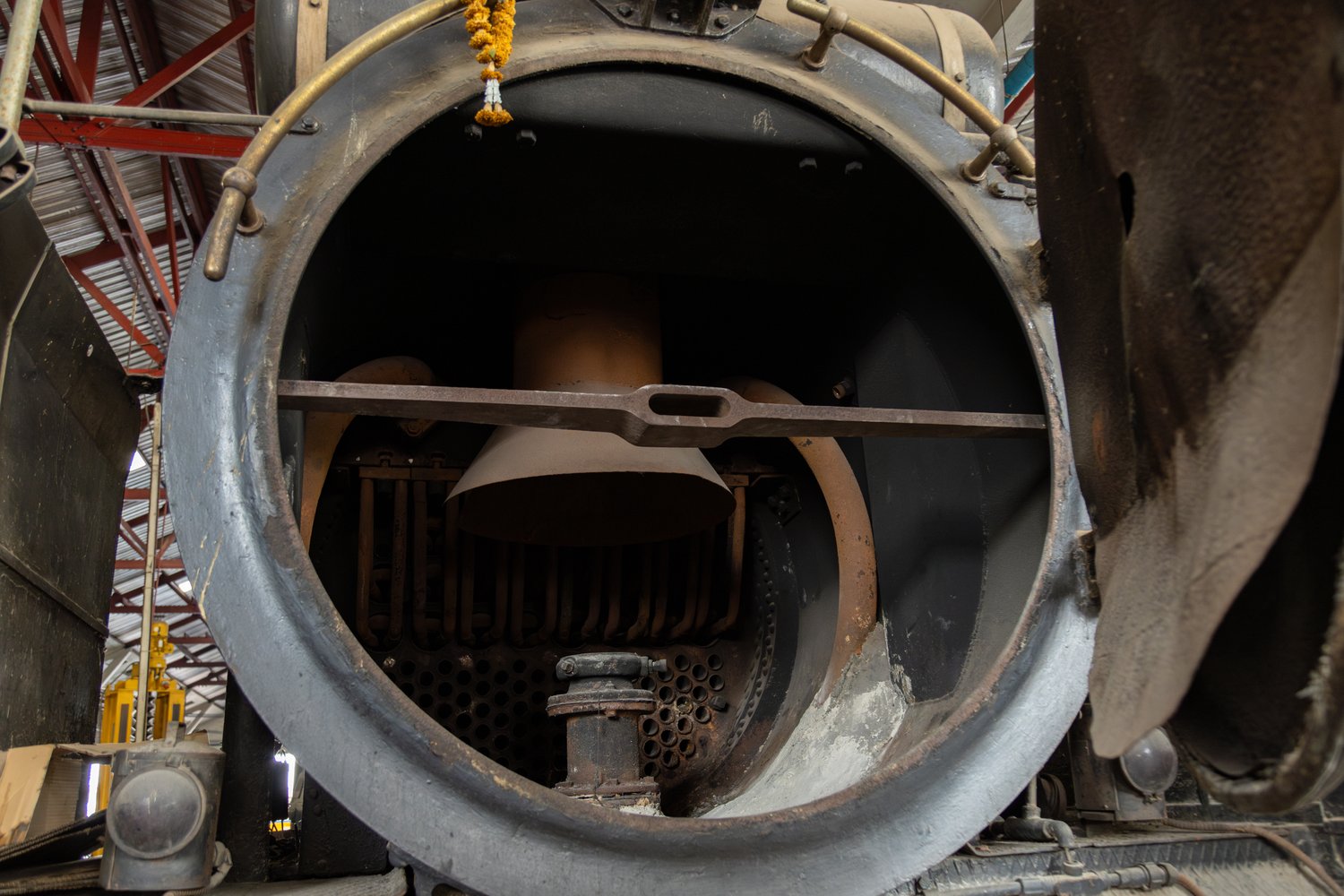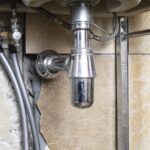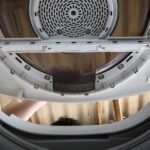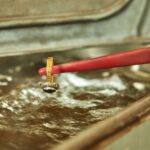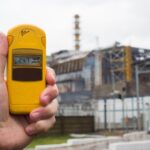Winter’s chill can be relentless, and there’s nothing more unsettling than waking up to a cold home because your furnace refuses to start. Understanding the intricacies of your heating system can be a game changer, enabling homeowners to troubleshoot effectively and restore warmth with minimal fuss.
- Identify early warning signs such as unusual noises or frequent cycling to prevent complete system failures.
- Simple troubleshooting steps could save you time and money, addressing common issues like faulty thermostat settings or clogged air filters.
- Gain insights into tackling more complex furnace issues, from ignition failures to pilot light malfunctions, that may require calling in the experts.
- Learn valuable preventive maintenance strategies to enhance your furnace’s reliability and longevity throughout the winter months.
This article provides essential strategies for maintaining a seamlessly functioning heating system, ensuring comfort and efficiency even when the temperatures drop. As you read on, you’ll discover practical solutions and expert advice that can help keep your furnace in top condition.
Identifying Symptoms When Your Furnace Won’t Start: Troubleshooting Common Heating System Problems
When facing heating system problems, recognizing the symptoms early can make a significant difference in maintaining comfort during the colder months. Unusual noises coming from your furnace, such as banging, rattling, or squealing, can indicate mechanical issues or loose components. These sounds are often early warning signs that require attention.
Another common symptom of a furnace not starting is the lack of warm air. If the heating system is running but not producing warm air, it may point to a problem with airflow or the heating element itself. This can drastically affect the efficiency of your heating system.
Frequent cycling, where the furnace turns on and off more often than expected, might suggest a faulty thermostat or an improper thermostat setting. Cycling issues can lead to increased wear and tear on the system, reducing its lifespan. By identifying these symptoms early, you can address the faults that prevent your furnace from starting effectively and ensure its reliability.
Basic Troubleshooting Steps When Furnace Won’t Start
Before calling a professional, several basic troubleshooting steps can be undertaken to resolve furnace start-up issues. One of the first things to check is the thermostat settings. Ensure that it is set to ‘heat’ and the desired temperature is correctly adjusted. In some cases, merely adjusting the thermostat could restart your heating system.
Another crucial element to inspect is the power supply. Verify that circuit breakers or fuses linked to the furnace have not tripped. A simple reset might be all it takes to restart the system. Additionally, ensure all switches controlling the furnace are in the ‘on’ position.
The condition of the air filter is also fundamental. A clogged or dirty air filter can obstruct airflow, leading to system shutdowns. Replacing the air filter regularly is a cost-effective measure that can prevent various furnace issues. By following these initial troubleshooting steps, homeowners can often resolve basic heating system problems and improve the efficiency of their furnace.
Advanced Furnace Diagnostics: Resolving More Complicated Issues with Heating Systems
When basic troubleshooting fails to get your furnace started, it might be time to dive into more advanced diagnostic techniques. These techniques address complicated issues that could be affecting your heating system’s performance.
A common problem involves ignition failures. This can occur in systems using electronic ignition or pilot lights. A faulty ignition system can prevent your furnace from producing heat. Inspecting and cleaning the ignition components or replacing defective parts may be necessary.
Pilot light issues are another prevalent concern. A pilot light that goes out frequently could indicate a problem with the thermocouple or gas supply. To resolve these issues, ensure the thermocouple is properly placed in the flame, and check for any blockages in the gas line.
For motor malfunctions, unexpected noises or a complete motor shutdown could signal a need for professional servicing. Listening for unusual sounds can help detect motor issues early, potentially saving you from more costly repairs down the line.
If you encounter these or other advanced furnace problems, seeking help from a professional technician is advisable. Professional service can ensure accurate diagnosis and safe resolution, especially for complex heating system malfunctions.
Preventive Maintenance to Avoid Common Furnace Start-Up Issues
Routine preventive maintenance is key to avoiding unexpected furnace start-up issues and ensuring your heating system operates smoothly throughout the winter months.
A crucial part of maintenance is regular air filter replacement. Dirty or clogged filters can reduce airflow, causing the furnace to overwork and potentially leading to start-up problems. Ensure your filters are clean and replace them every few months.
Scheduling annual professional inspections can identify minor issues before they become significant problems. A certified technician will perform a thorough check of the system components, ensuring everything is in working order.
Additionally, regularly clean around the furnace and ensure ventilations are unobstructed for optimal airflow. Consistent cleaning prevents dust and debris from accumulating within the system.
By adopting these maintenance practices, you can extend the lifespan of your heating system and avoid the inconvenience of unexpected furnace failures. Invest time in regular check-ups to enjoy uninterrupted warmth all winter long.
Frequently Asked Questions about Troubleshooting Furnace Issues
Why won’t my furnace start?
Check if the thermostat is set correctly, ensure the power supply is on, and replace a clogged air filter.
What should I do if my furnace makes unusual noises?
Strange noises may indicate loose components or a clogged burner. Inspect these parts or consult a technician.
How often should I replace my furnace filter?
Replace your furnace filter every 1-3 months to maintain airflow and efficient operation.
What are signs of ignition failure?
No heat produced, frequent cycling, and visible soot around the furnace can indicate ignition issues.
When should I call a professional for furnace repairs?
If basic troubleshooting doesn’t solve the problem or if you notice pilot light or motor malfunctions, it’s best to consult a professional.
How can I prevent furnace start-up issues?
Ensure regular maintenance and seasonal inspections to catch problems early and enhance system reliability.

